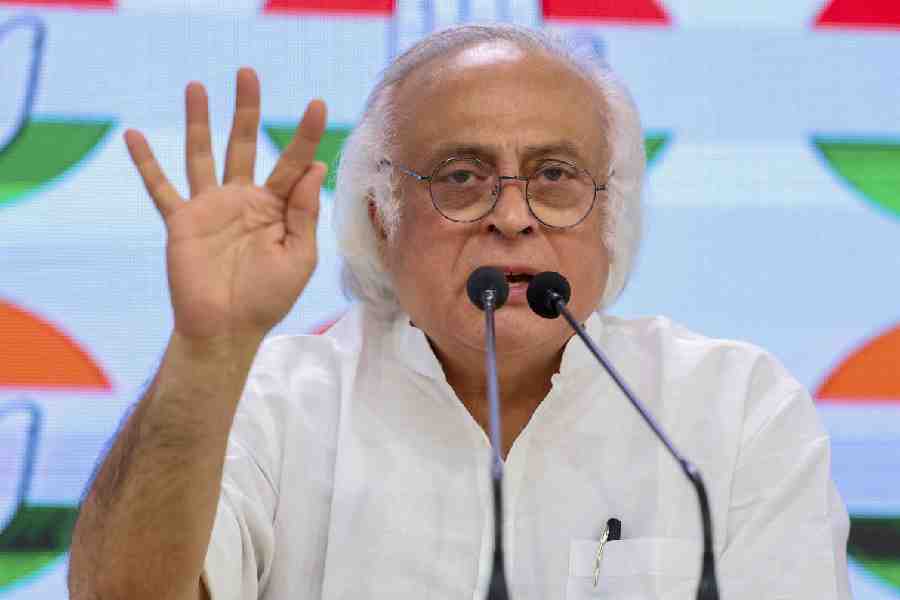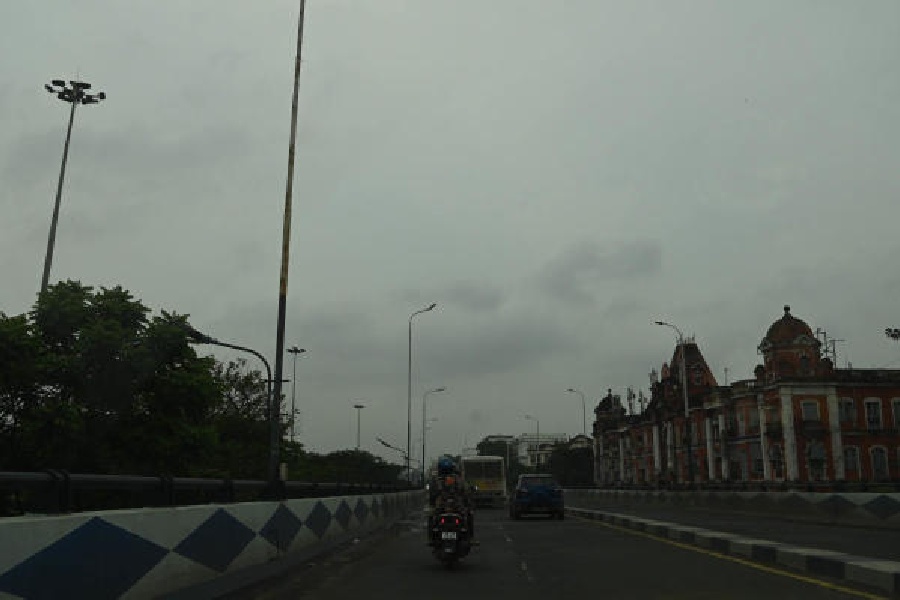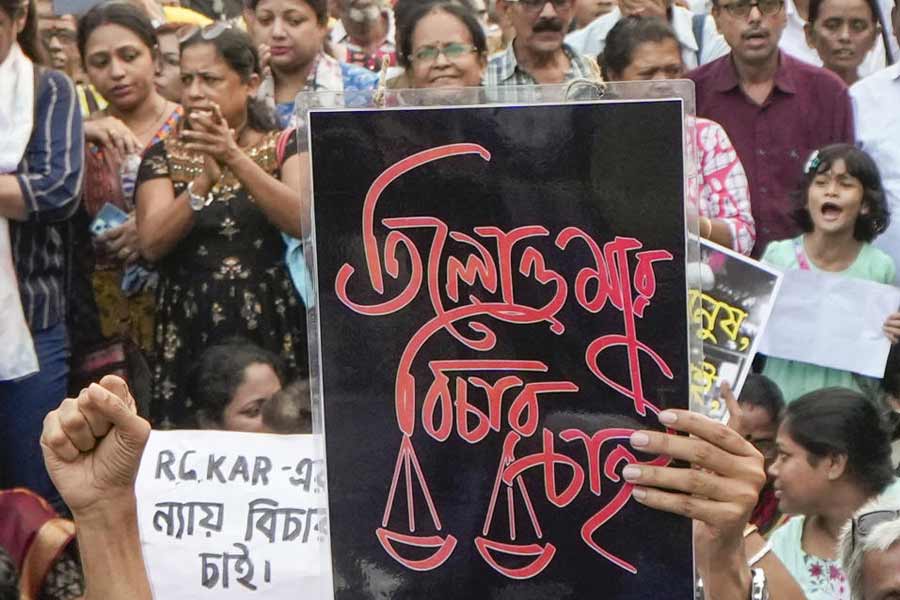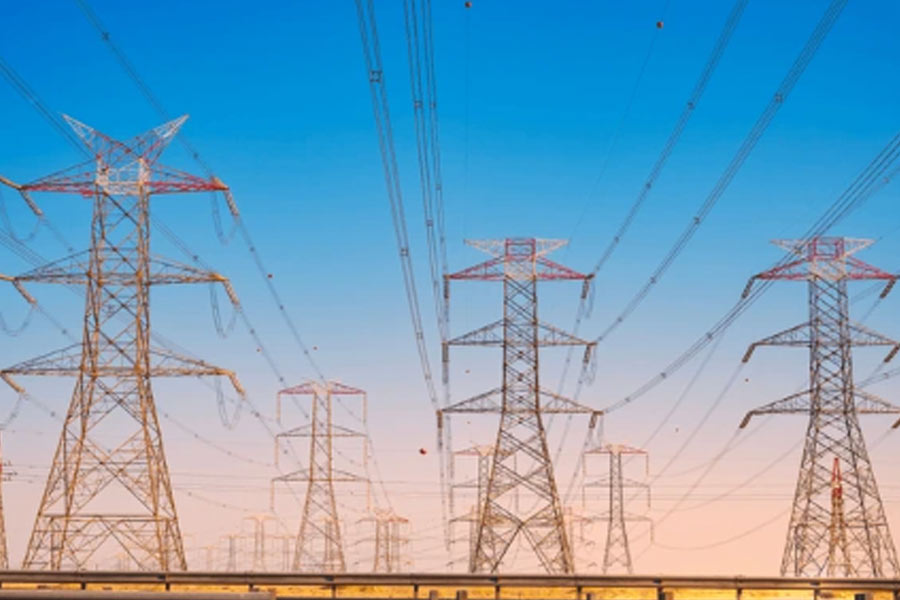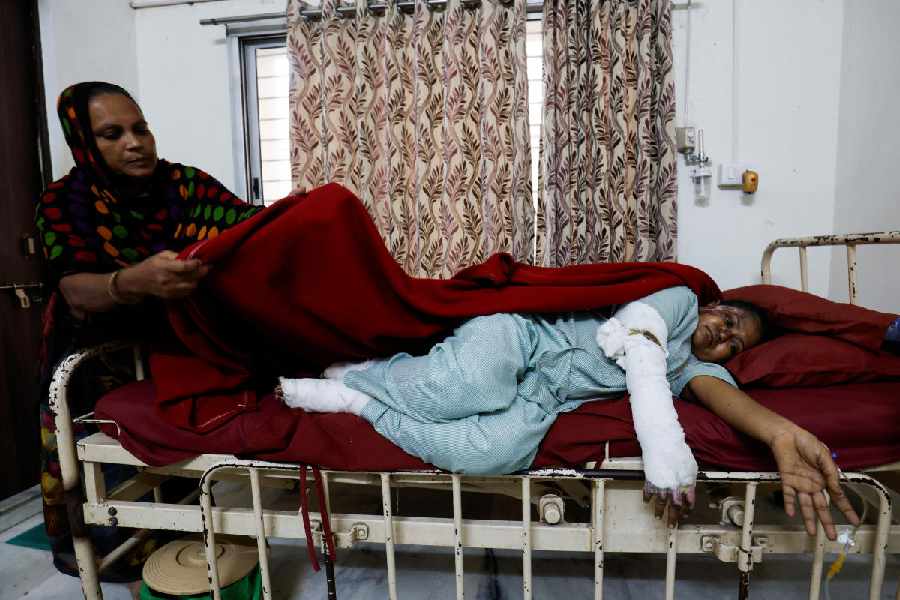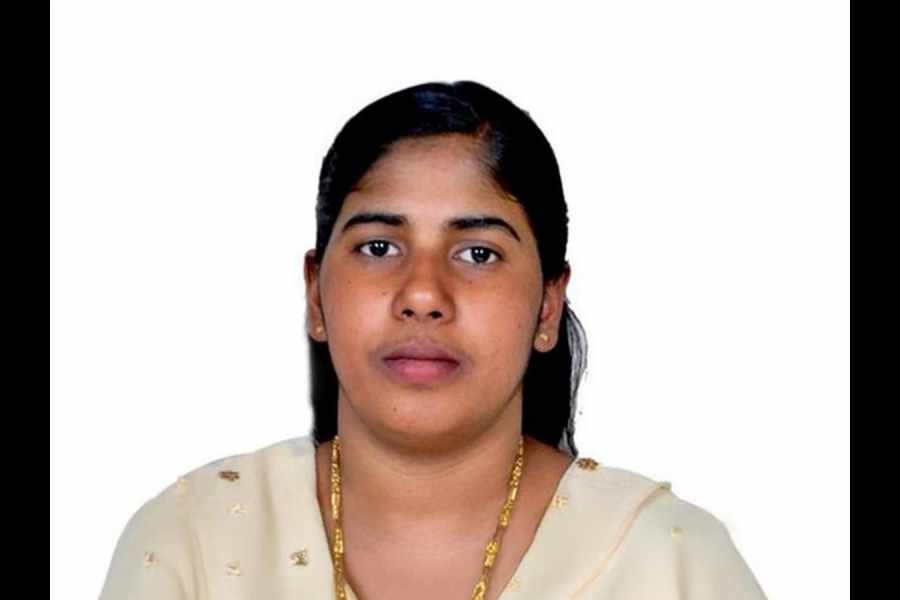|
|
During the winter of 1995, in a cold and snowy university town in the US, I credited a course called “Women In Photography”, which opened up a vast panorama of practices and histories of women photographers all over the world. Two years later, I travelled to Baroda to shoot a documentary film called Three Women and a Camera, on three photographers. The film was for me the beginning of a similar inquiry into a larger history of early photography in India and for names that had been forgotten in that history. In my film was an incredible woman called Homai Vyarawalla. India’s first woman press photographer, she had an active career from the late Thirties to 1970.
During these three decades, her camera was witness to major upheavals that marked the birth of the new nation as well as the growing disenchantment with its undelivered promises. Completely anonymous after her self-imposed retirement from photography, Homai had been ‘re-discovered’ in the late Eighties by the photographer, Satish Sharma, who had found her name among a list of men at the Press Information Bureau library in Delhi. In 1998, I began to audio-tape interviews with Homai Vyarawalla as part of a grant for a study on women photographers in India by the India Foundation for the Arts, Bangalore. Four years later, it became evident that this ‘work in progress’ should culminate in a book. For the publication, Parzor Foundation stepped in to raise money to support us.
|
|
 |
| (Top) Ho Chi Minh at Rajghat Nehru with Vijaylakshmi Pandit |
Homai Vyarawalla’s life spans almost a century and she is a product of several cultural spaces. These spaces include Urdu-Parsi theatre in the Twenties (her father was an actor in a travelling Urdu-Parsi theatre company) and Parsi Bombay in the Thirties, where she grew up. Then her art school background (she studied at the J.J. School of Arts in Bombay) and her observation of nationalist politics in Delhi — a city she made her home for 27 years — kept on adding to the spaces in her life, enriched by her experience of early photo-journalism in India and diplomatic culture in the capital as an employee of the British High Commission. It was a rich hybrid and cosmopolitan culture from which Homai emerged, a secular history that the Parsi community can be proud of. It is ironic that she has spent the past two decades of her life in Gujarat that has recently seen a major threat to this secular culture. These were just some of the cultural spaces and histories that layered my research, as it brought together three disciplines: media, history and gender studies.
Researching the book meant delving into several archives, the most significant of which is Homai’s own memory. Razor-sharp even at the age of 93, Homai is often amused about how public memory can be ‘constructed’. She has had arguments with people who hold that her pictures of the first unfurling of the flag at Red Fort in Delhi by the prime minister, Jawaharlal Nehru, were taken on August 15, 1947 when, in fact, the ceremony actually happened the next day.
While the book features over 500 photographs, it also has ‘voices’ through Homai’s personal collection of memorabilia: identity cards, family photographs, testimonials, newspaper clippings and casual notes that have helped piece together her history and the history of her times. Homai’s friendship with Hugh McInnes, her former Australian boss, for instance, spanned over 60 years and two continents. This relationship was reconstructed by letters: his, meticulously kept by Homai, and hers, found in a box by his daughter a year after he passed away in 2004. There were aspects of cultural life — social life in Delhi of the Fifties, early English theatre, marriages and more personal accounts of Partition and other events around independence — that Homai photographed. For these, I relied on personal sources: Homai’s contemporaries, colleagues, friends, to understand an era before my time.
Homai may have been best known for her political photographs but there were hundreds of others that gave rich insights into the social and cultural life in Bombay of the Thirties and Delhi of the following three decades. These images were sifted through scores of negative jackets and boxes of prints on lazy summer afternoons. She would often identify them for me while cooking wonderful meals. Homai “Kabadiwalla”, as she calls herself, lives alone in Baroda and relies on her own ‘handyperson’ skills (she is a carpenter, architect, cobbler, plumber, tailor and barber among others) to survive. While she lives on her ‘island’, our relationship has been nurtured through letters written to me over nine years in her elegant handwriting. When the manuscript was complete, these letters found place in the endpapers of the book as testimony to a friendship between two women born exactly half a century apart.




